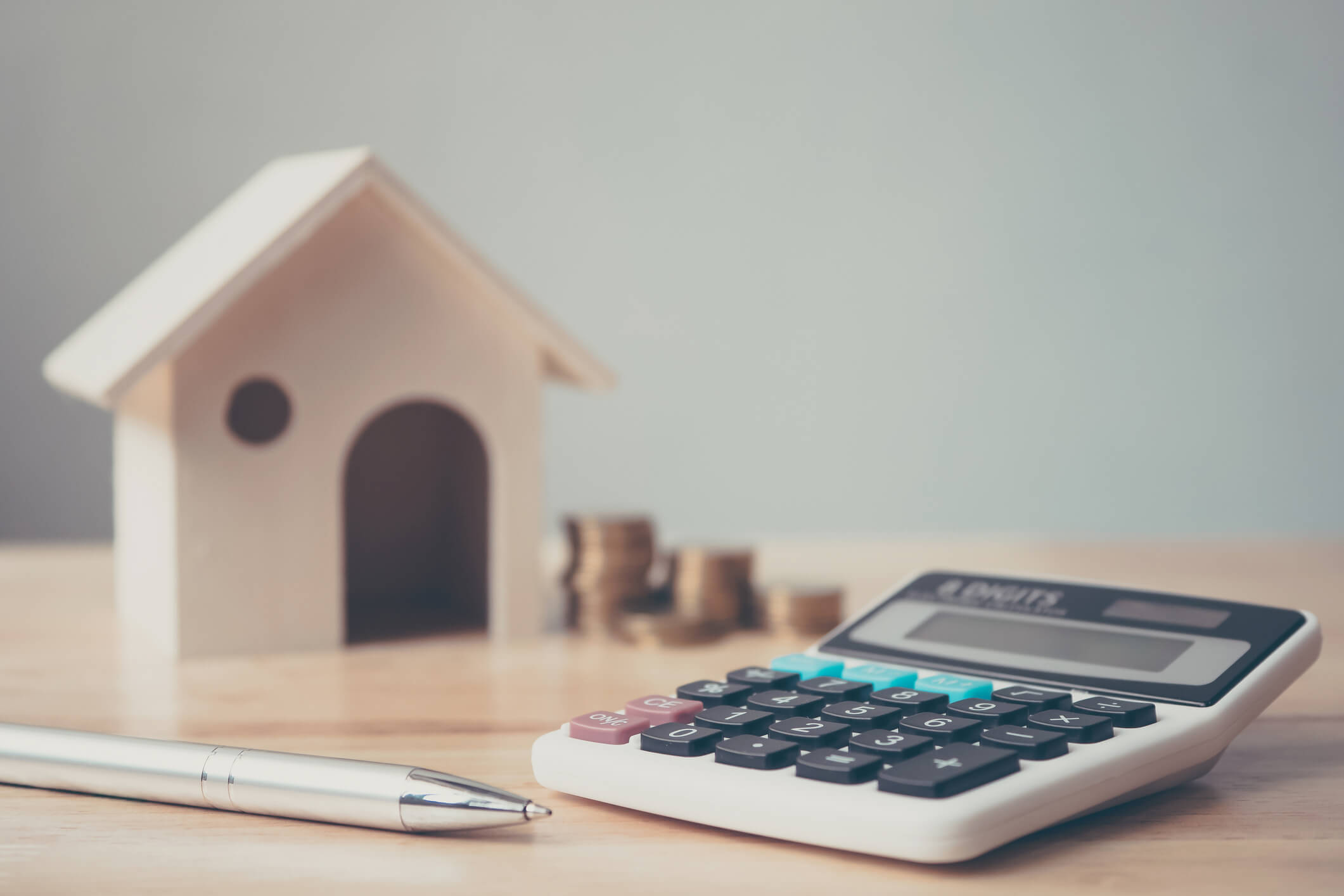Making multiple credit applications within a short space of time can impact your score. We reveal how to check your eligibility before you apply - without leaving a footprint on your credit report.
The best way to do this is by using an eligibility checker when you’re shopping around for credit like a loan or credit card.
What is an eligibility checker?
Eligibility checkers show you the likelihood of getting accepted for a product – before you apply. You can usually find them on the websites of most lenders, brokers, as well as on comparison sites.
Each lender has its own criteria, so you could be turned down by one and approved by another. Eligibility tools can help you find the products that you’re eligible for and reduce both the number of applications you make - and the risk of rejection.
How does an eligibility checker work?
Eligibility checkers can give you a better idea of what you’re eligible for - and which products to avoid. To get started, you’ll normally be asked to enter a few basic details, such as your:
- Name
- Date of birth
- Address
- Income
- Employment status
Lenders will use this information to access your credit report and confirm your identity. They’ll match your details against their criteria, then they’ll reveal your chance of approval for the product you’re interested in. (The whole process takes about a minute).
Your eligibility rating will be shown as a percentage, on a scale of 0% - 100%. The higher your score, the better your chance of approval.
Bear in mind though, your score is only an estimate and there’s no guarantee you’ll be accepted. Lenders base the result on the details you’ve provided, so it’s important that you input the data carefully to generate an accurate estimate.
Will using eligibility checkers impact my credit score?
Unlike formal applications, eligibility checkers won’t impact your credit score or leave a footprint for lenders to see, as they only perform a ‘soft search’. This means they’ll only be able to see information that's readily available to the public – rather than your full credit report.
You can use them as many times as you like, and it won’t affect your ability to get finance in the future. In fact, eligibility tools can protect your credit score, by helping you to find products that you qualify for. This helps you to avoid applying for borrowing when you know there’s a low chance of approval.
Using eligibility tools is much better than making multiple applications at once. Each time you make an application, a hard search shows up on your credit report for lenders to see. Multiple applications could give lenders the impression that you’re desperate for credit, which may show up as a red flag.
How long is my eligibility rating valid for?
Your eligibility rating will usually be valid until your credit report is updated. How often this happens depends on both the specific credit reference agencies and the lenders involved. Each follows their own schedules, but your report may be updated around every month (or so) as an estimate.
Be aware, your eligibility can go up or down, depending on your financial behaviour and the lender’s criteria (which can vary from one company to another and can fluctuate depending on the market).
What criteria do lenders look for?
Each lender uses their own eligibility criteria, but there are some things they tend to have in common. For example, if you decide to go ahead and make an application, they’ll normally run a take a closer look at:
- How much debt you already have
- Your affordability (based on your income and outgoings)
- The types of credit you use
- Your repayment history
- If you have a stable address
- Negative markers (like defaults, CCJs and bankruptcy)
- How many recent credit applications you’ve made
All this information will help them to decide how risky it’d be to lend to you. For example, they’ll consider your past financial behaviour and use it to predict your future behaviour. If you can show that you’ve managed your money well in the past, then this should stand you in good stead.
Read on for more details about what lenders look for and why.
How can I improve my eligibility for credit?
It can feel disheartening if your eligibility rating is low. However, it will vary from one lender to the next – and from one product to another. Plus, there are several ways you can improve your chances for next time. For example, you could:
- Register to vote - it only takes five minutes. Not only can it improve your credit score, it’ll also show lenders that you are who you say you are.
- Check your credit report and ask the credit reference agencies to fix any mistakes. Data that doesn’t match your application can show as a red flag to lenders.
- Remove any old financial ties that could be dragging your creditworthiness down by association.
- Register on the Rental Exchange Initiative so that your rental payments show up on your credit report. If you always pay on time, every time, this should help to build up your score.
- Set up Direct Debits for all your bills. And remember to set your credit card payments to at least the minimum payment each month, so you stay within your credit limit and never miss a payment.
- Reduce your debt and non-essential outgoings - this will improve your affordability for further credit and will show lenders that you can manage your finances well.
- Add your name to household bills – so lenders will report your payments to the credit reference agencies. Again, paying on time, every time can help your credit score.
Adele is a personal finance writer with more than 10 years in the finance industry behind her. She writes clear and engaging guides on all things loans for Ocean, as well as contributing blogs to help people understand their options when it comes to money.
![Email icon]()
Become a money maestro!
Sign up for tips on how to improve your credit score, offers and deals to help you save money, exclusive competitions and exciting products!
Find this useful? Share it with others!









